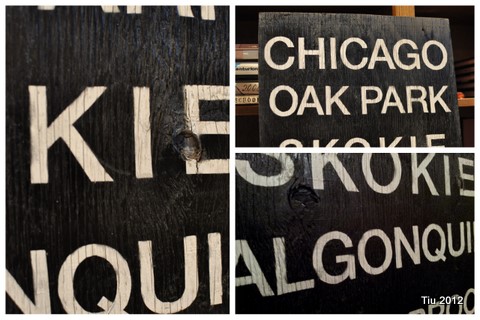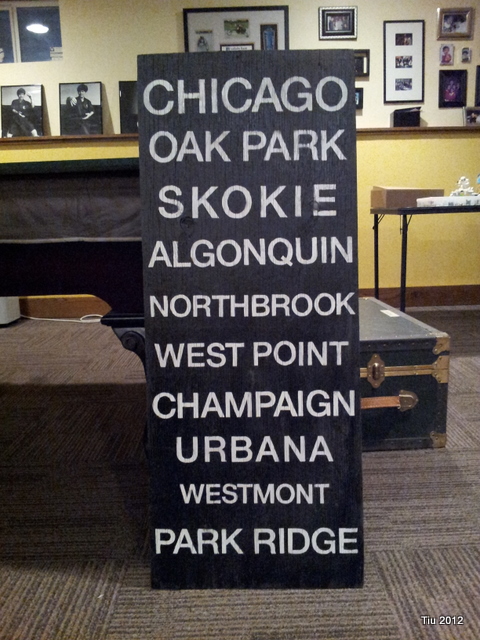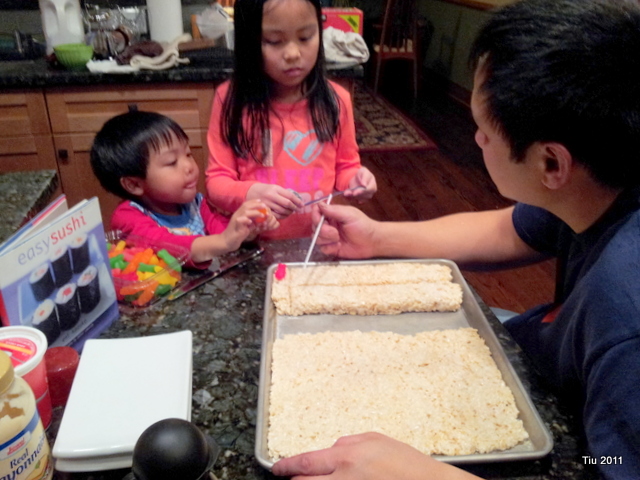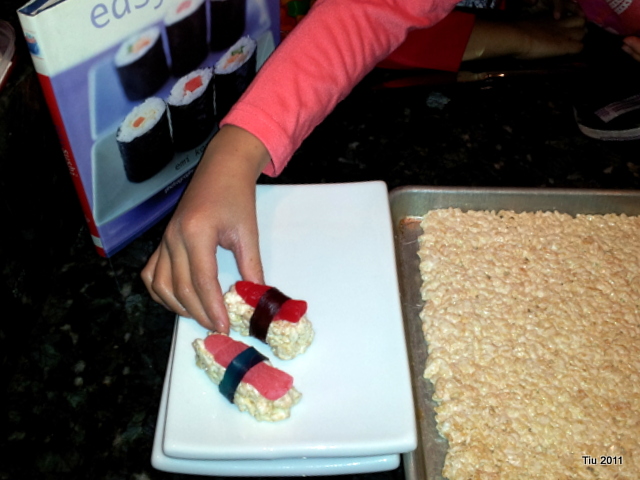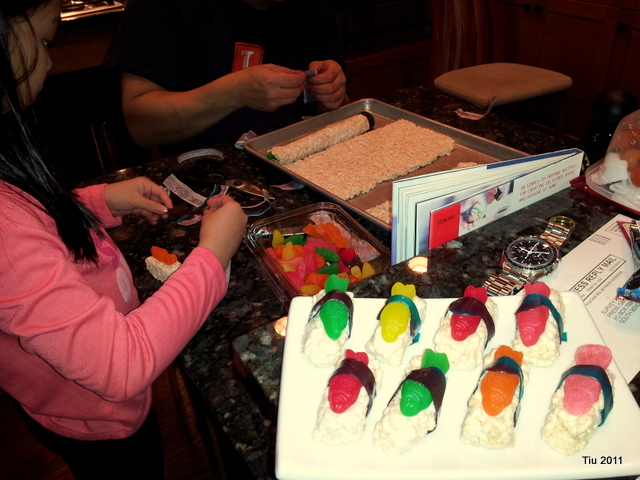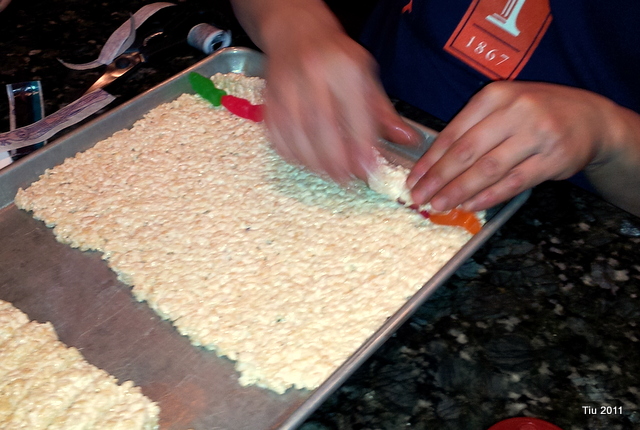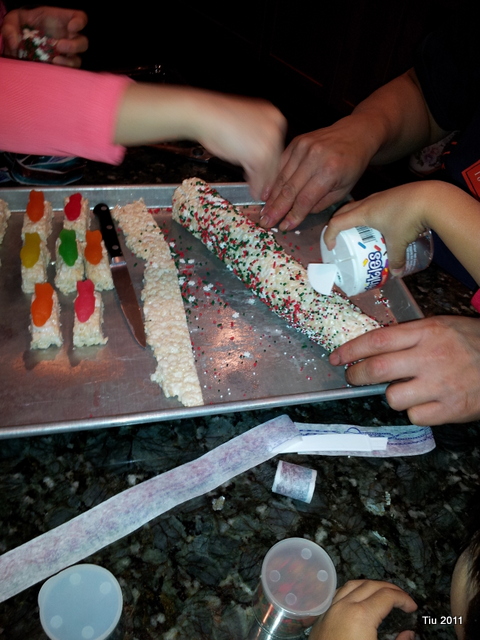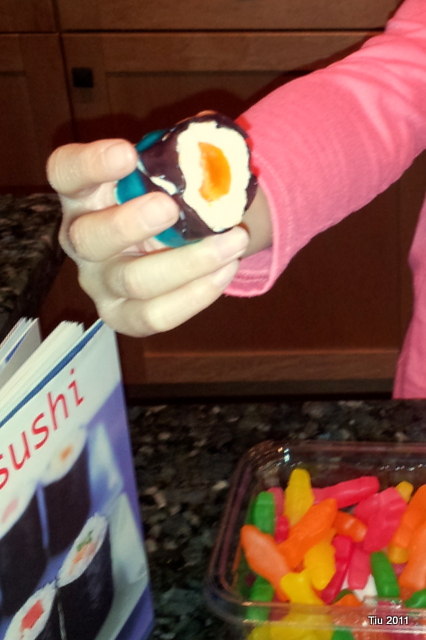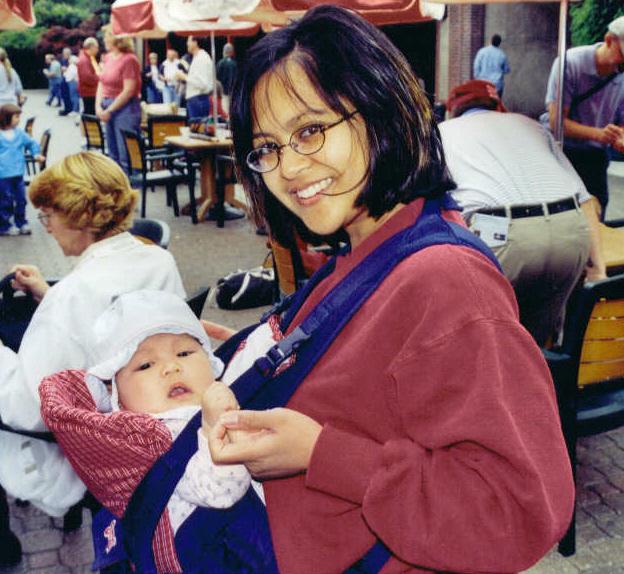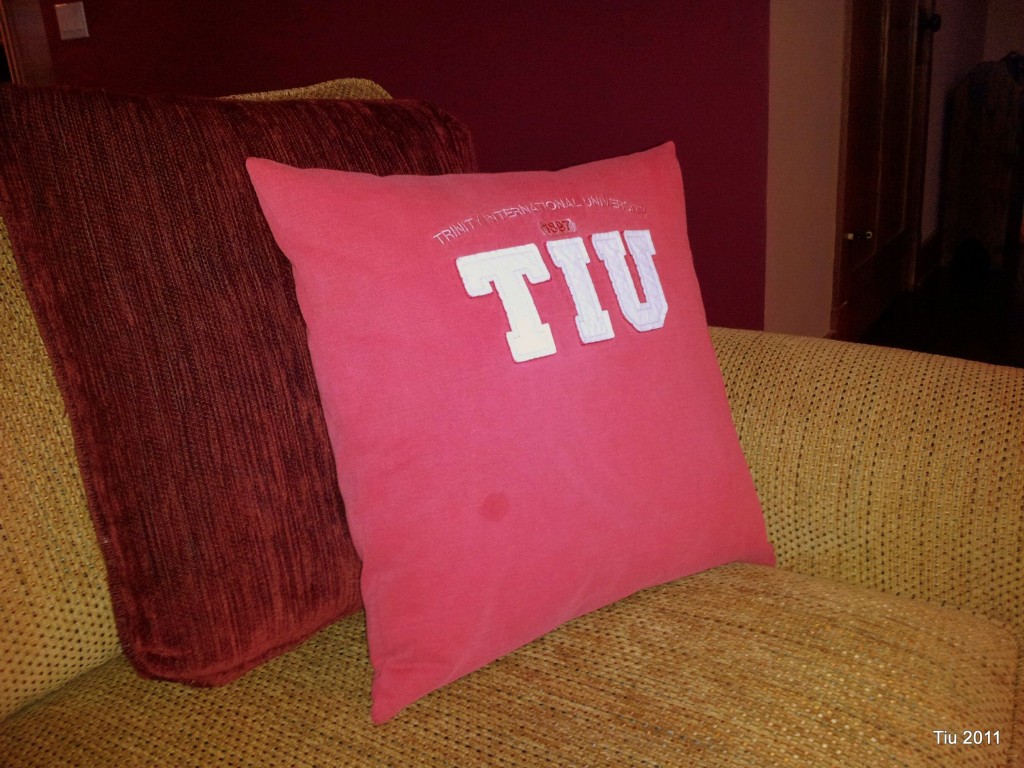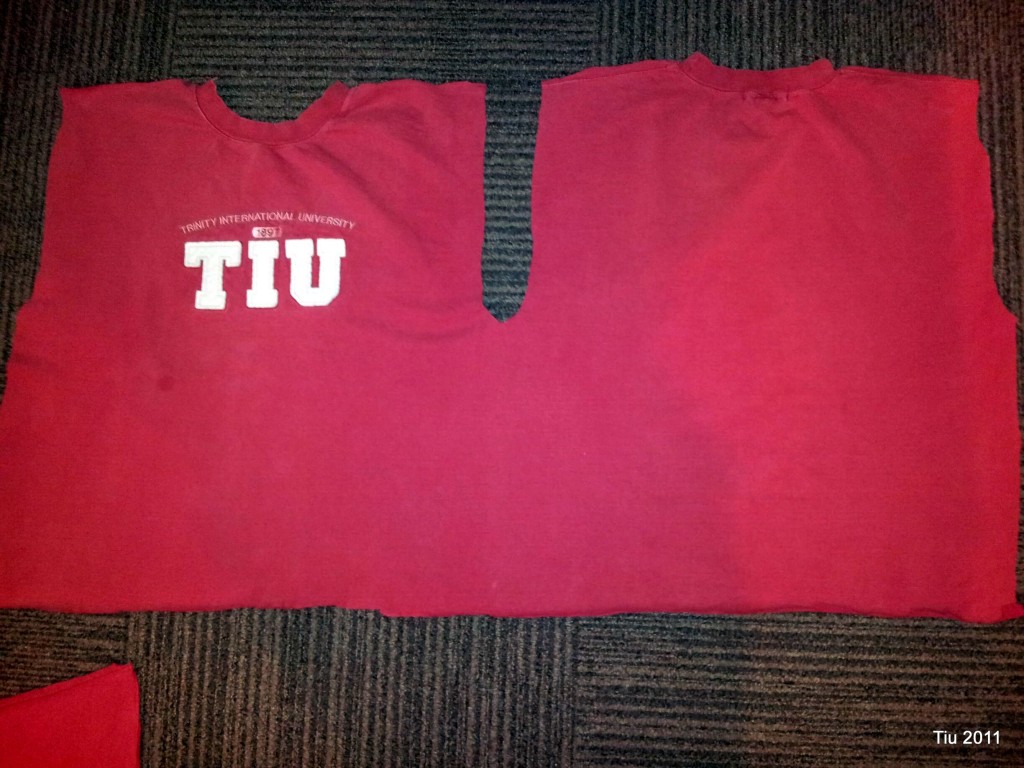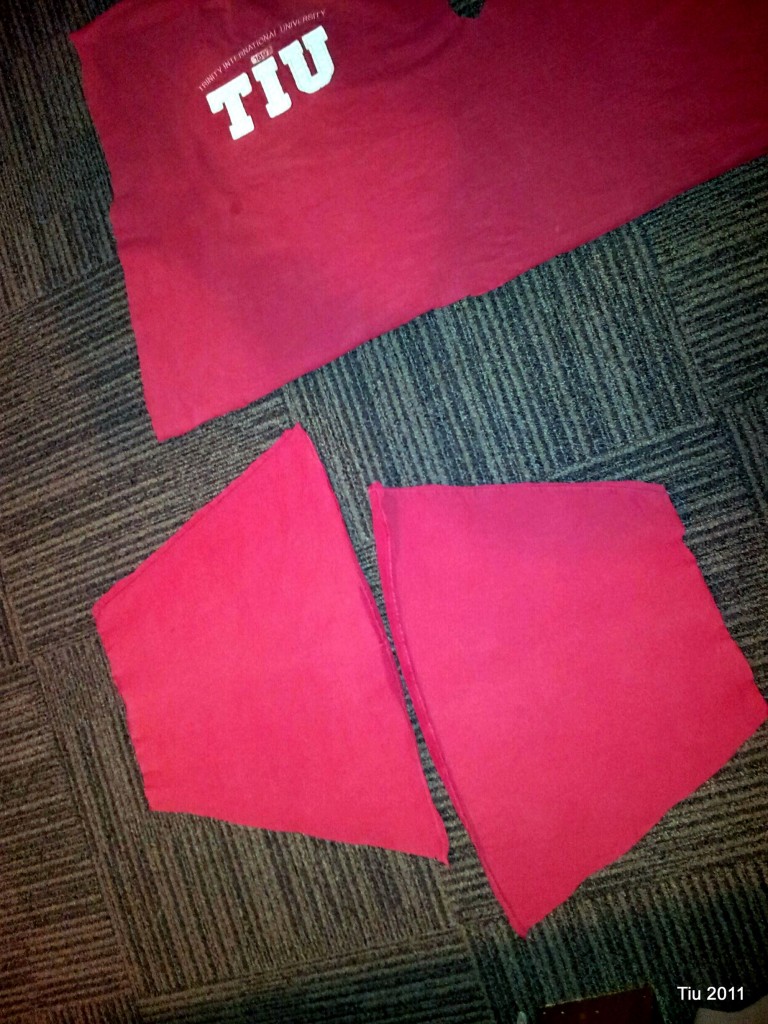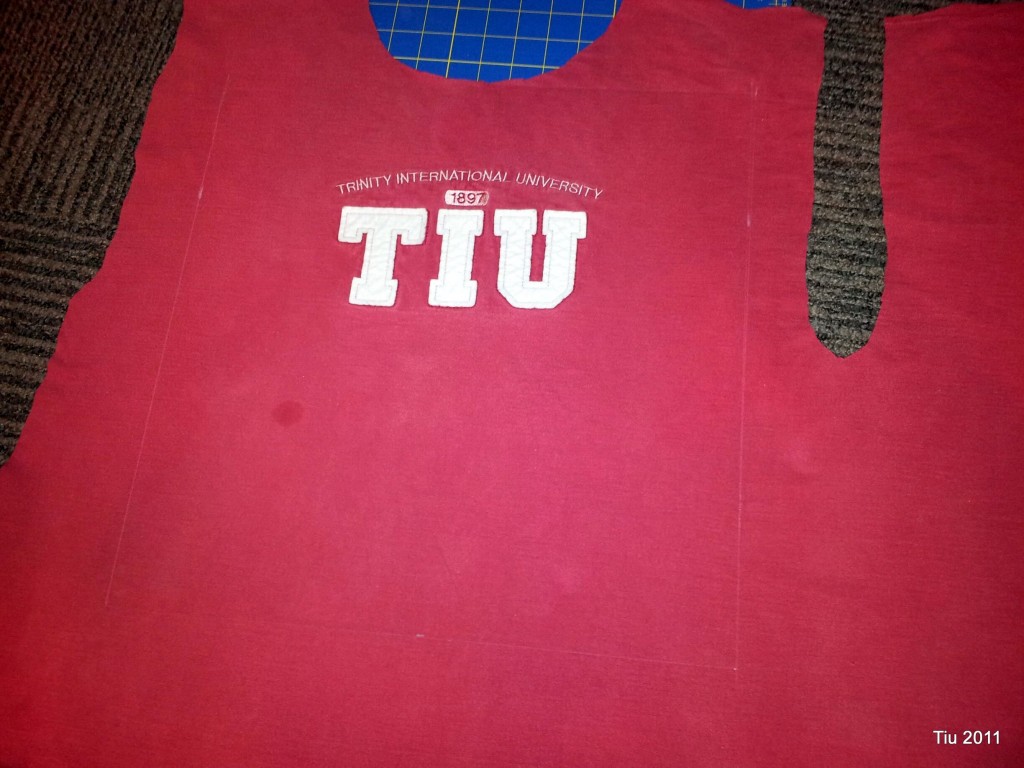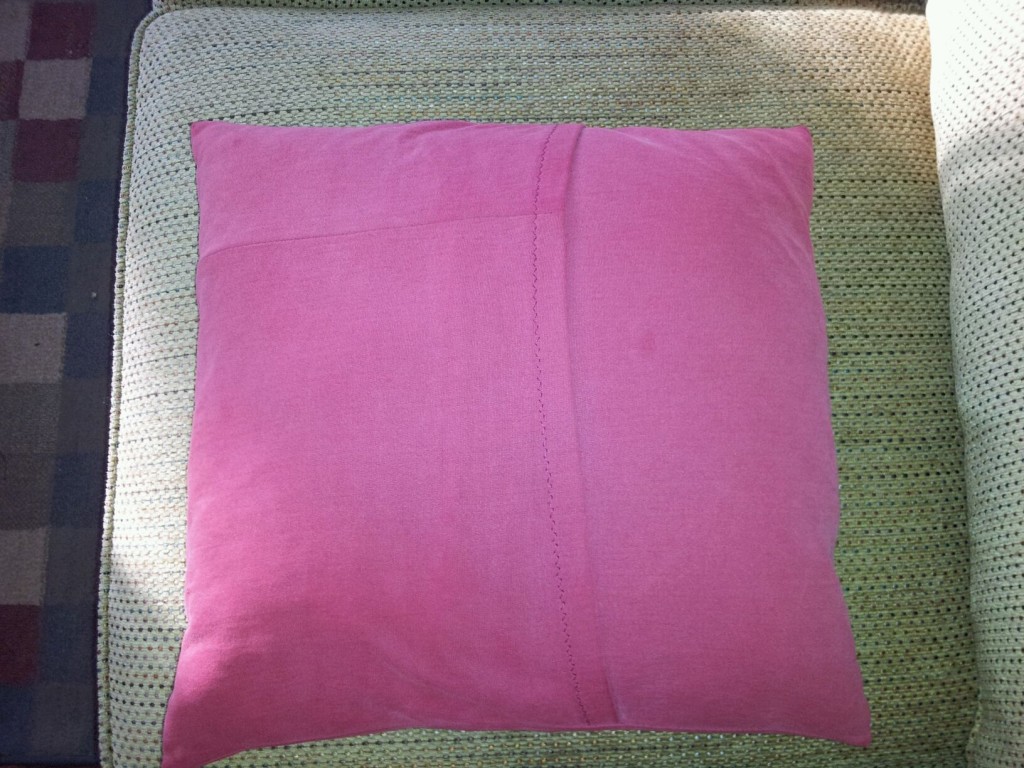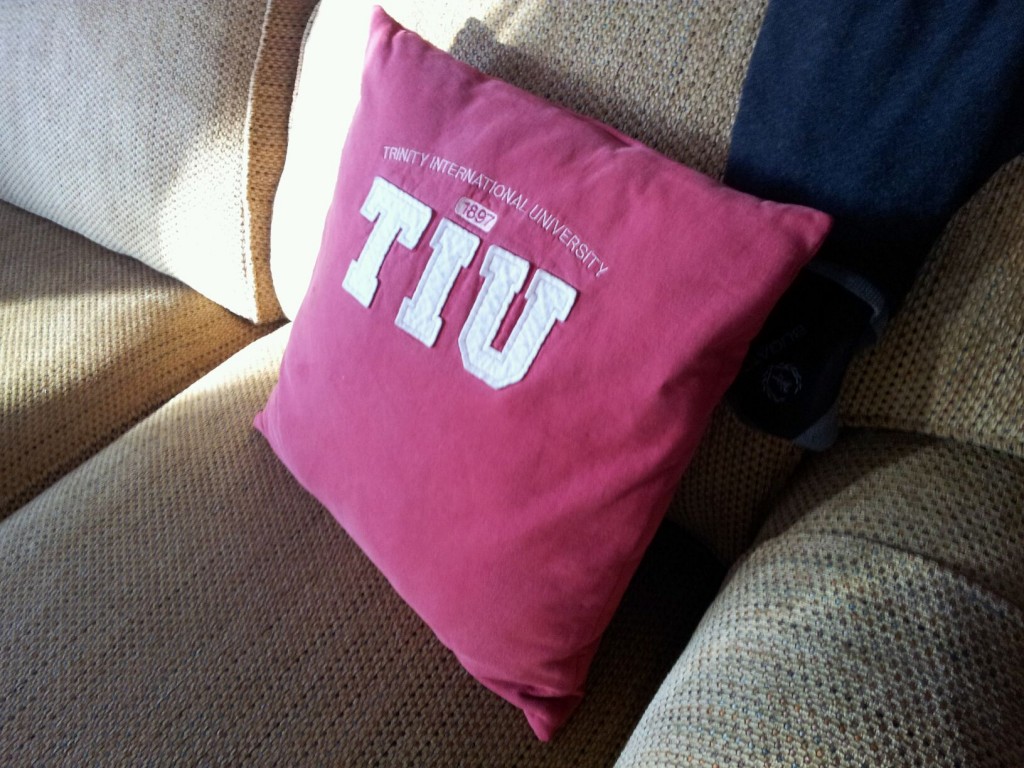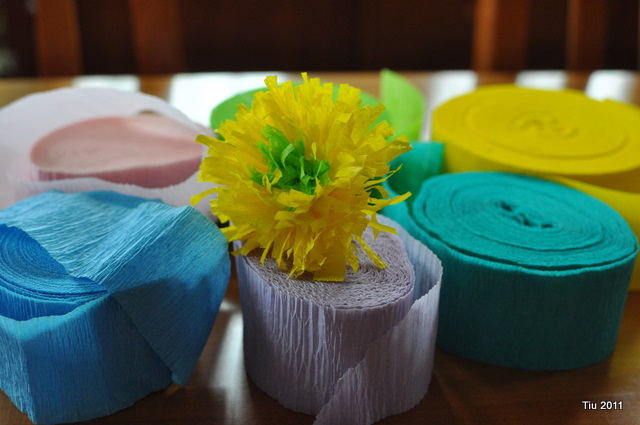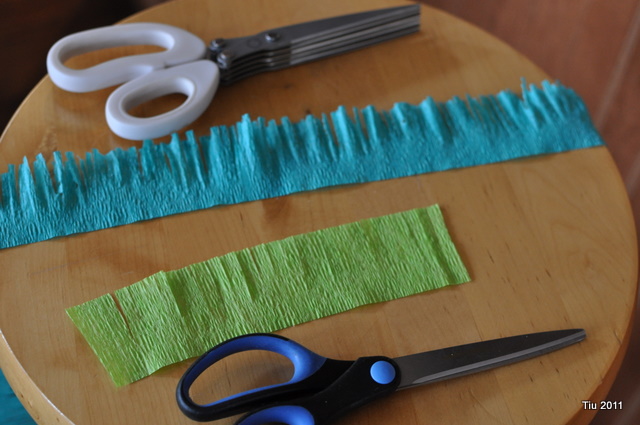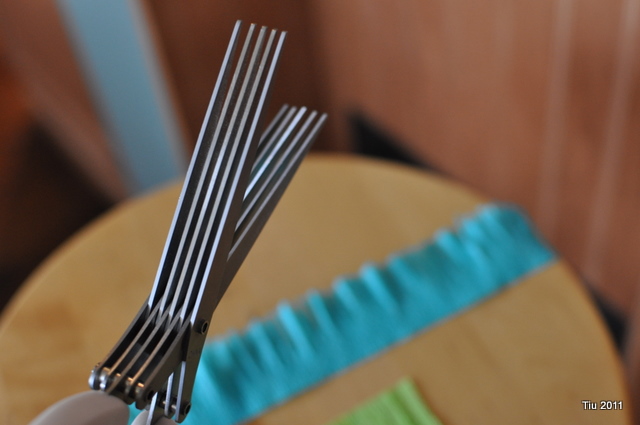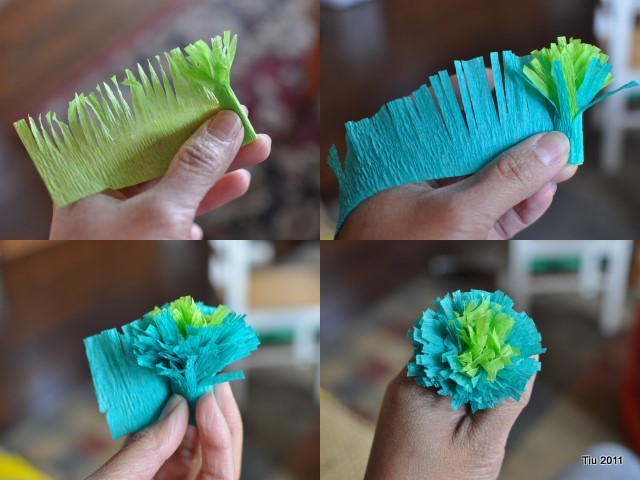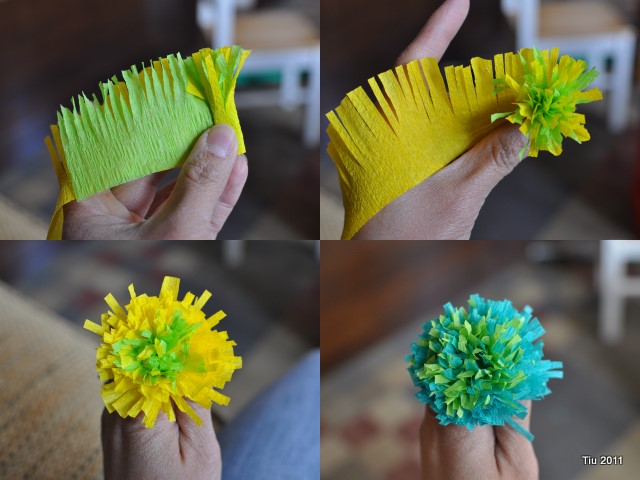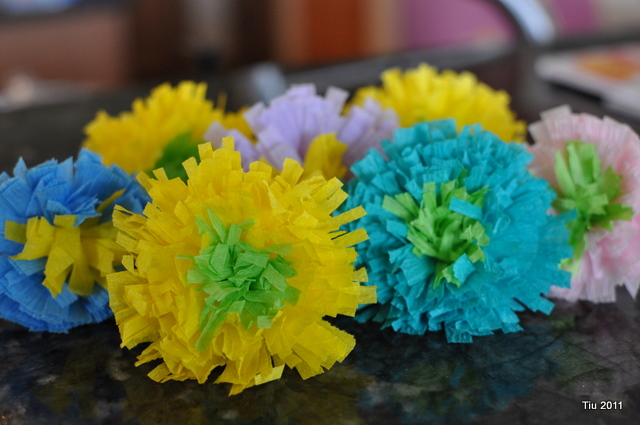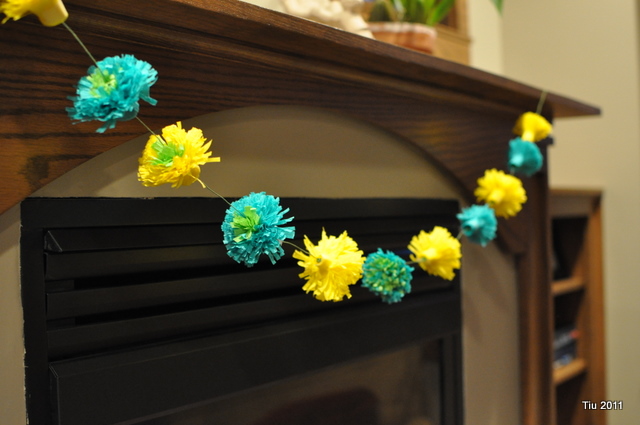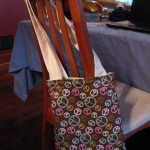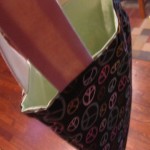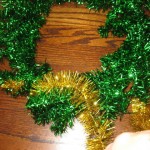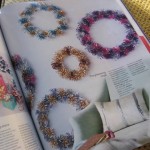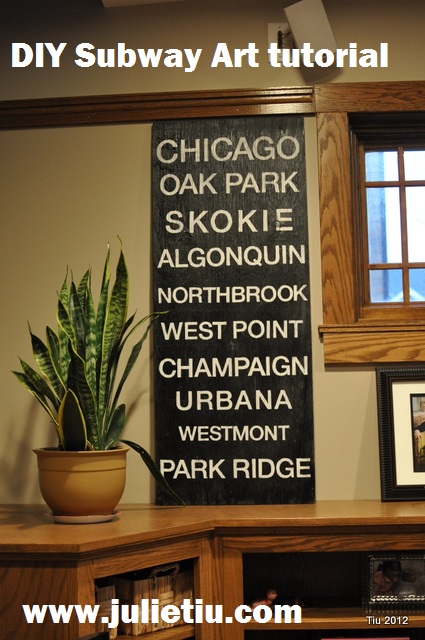
Text as art – I love the simplicity. About six months ago, I noticed it was popping up all over the place. Maybe you’ve seen this type of art in home décor stores, or posted on Pinterest. You can find even find pillows. (What kills me is that I used to do all sorts of text/graphic art in college, mid-90s – like using it for wrapping paper and stationary. I must have been ahead of my time. Hehe.)
I like subway art for its historic and vintage feel. What I’d give for some vintage signs… but, I thought, heck, how hard could this be to make my own sign?! I was so looking forward to making this for my husband. and cannot tell you how excited I was when it was finished.
Here’s how I made our own subway art using cities that my husband and I have called home.
Before you start, please note:
- I stenciled and spray painted. This isn’t the decoupage-type poster.
- This project also took more time than I thought.
- This project was AWESOME and I’d do it again. Okay? Still with me? Thanks.
What you need: measuring tape, plywood, pencil, sand paper (optional), spray paint: white primer, white (semi-gloss) and black (semi-gloss), computer, printer, Contact paper or Xyron Creatopia with repositionable adhesive (optional), scissors and/or X-acto knife.
You will need to go to a copy/print center like FedEx Kinko’s, or an office supply store to enlarge your printout.
Let’s start
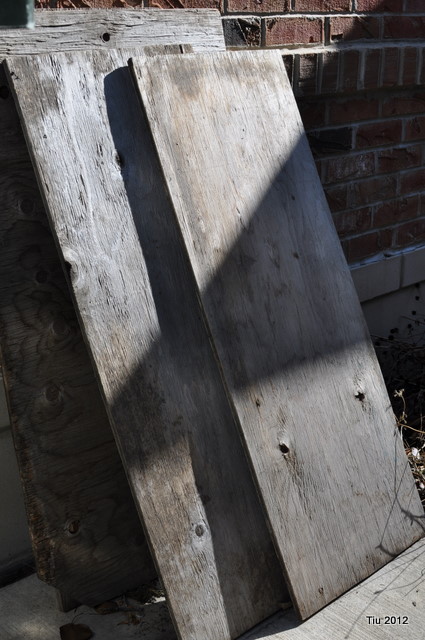
I was fortunate to have plywood lying around. It had been sitting outside for so long that it’s weathered. I like that organic, rustic look – so, I did not sand the boards, not one bit.
1) Measure your plywood. I used a 16” wide x 40” high board. It’s a reasonable size, I think.
2) Spray it with white primer using the manufacturer’s directions. Let dry. When dry, spray with white paint. I did not coat the board until it was completely opaque, just enough to coat. I still like the weathered look. Let it dry overnight, or if you’re in a hurry, follow the manufacturer’s directions. It should be dry to touch in an hour.
Time to prep your text
1) Using your desktop publishing program, you’ll make your text box the same proportions as your board. You’ll want your text box to print out on an 8-1/2″ x 11″ paper. This entails a little math – think lowest common denominator. Since my board is 16” x 40”, I made a text box 4” x 10”. This will allow you to print a good copy from home. (2” x 5” is too small.)
2) In your text box, play with the font (I like Helvetica) and placement of your text. I centered each city. Maybe you want yours centered, justified… wide fonts, tall fonts, etc. My one recommendation is to make most of your text as wide as the text box.
3) When you are pleased with your layout, print a copy. (See my original printout below.)
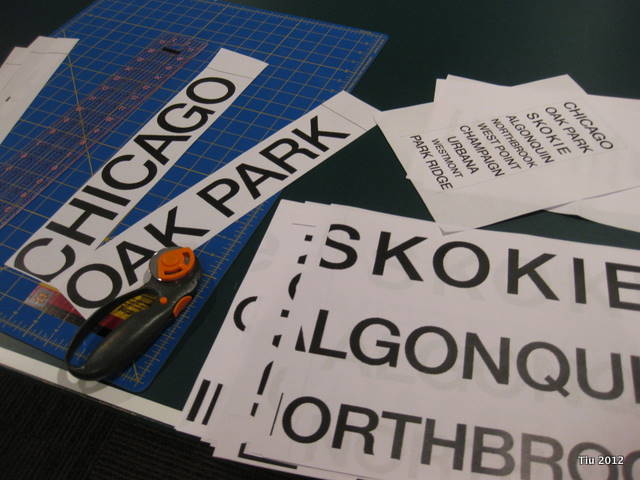
4) Since your copy is proportional to your board, it will be easy to enlarge to size. SO, with that, take your printout to the copy center, and ask to have it blown up 400%. If you’re tech-savvy, you can try this on your own. I spent $4.00, and about 45 minutes doing it myself.
5) Go home and cut apart your text, and play around with the placement. Mark in pencil the approximate locations of each city by marking the top and bottom of each line.
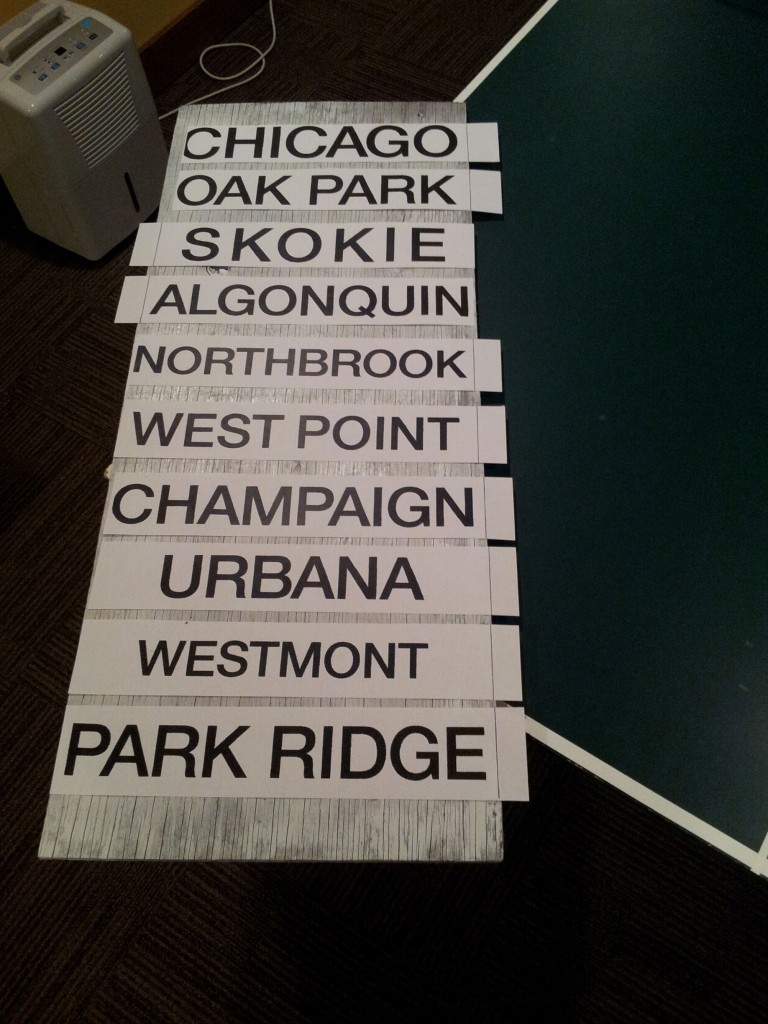
Making your stencils
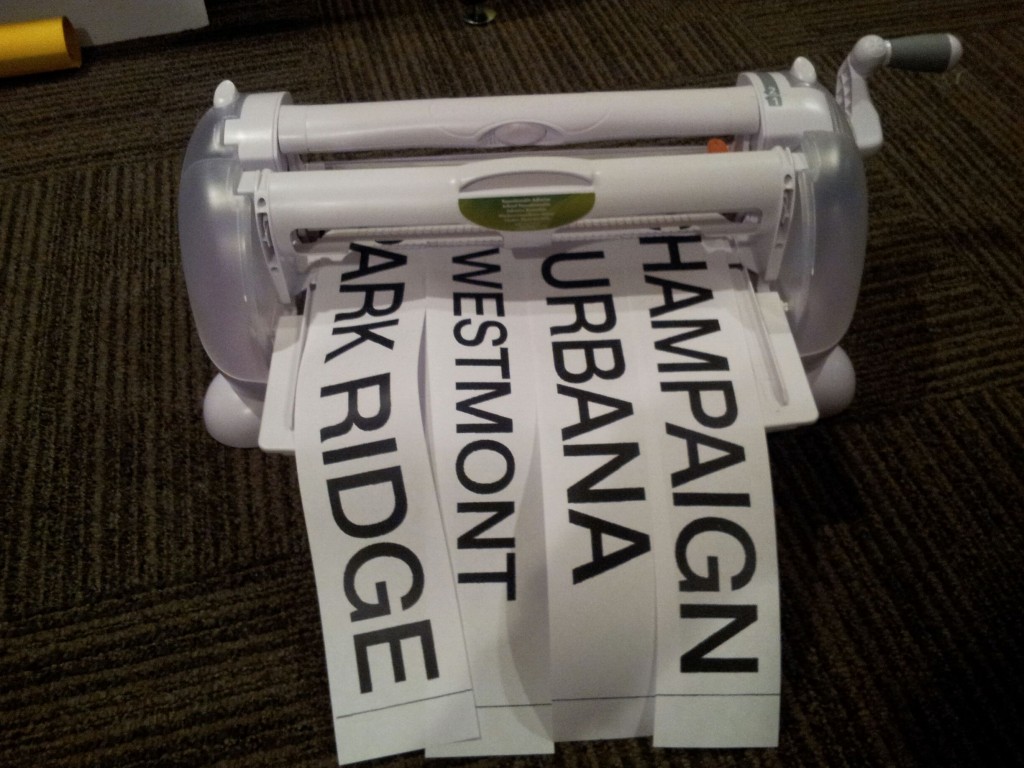
1) I’m fortunate to have a machine to apply adhesive onto anything. So, after cutting apart my text, I ran the pieces through my Xyron Creatopia with repositionable adhesive. Now my letters are like big post-it notes. If you do not own a Xyron, you can use Contact paper in the next step.
2) The tedious part: cut out each letter. I thought I’d only need an X-acto. Scissors will work just fine, and if you have non-stick scissors, even better.
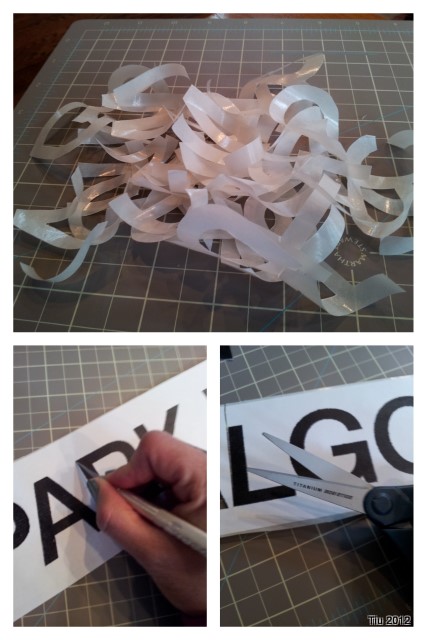
- If you’re using Contact paper, I’d just layer and cut through your copy and the Contact paper at the same time. You could trace every letter onto the Contact paper first if you’re more comfortable with that.
- Use your X-acto knife and cut out any opening in the letters (i.e. O, A, B, D, P, etc.)
- Save the “negatives” of your text. They will help when you’re laying out your words.
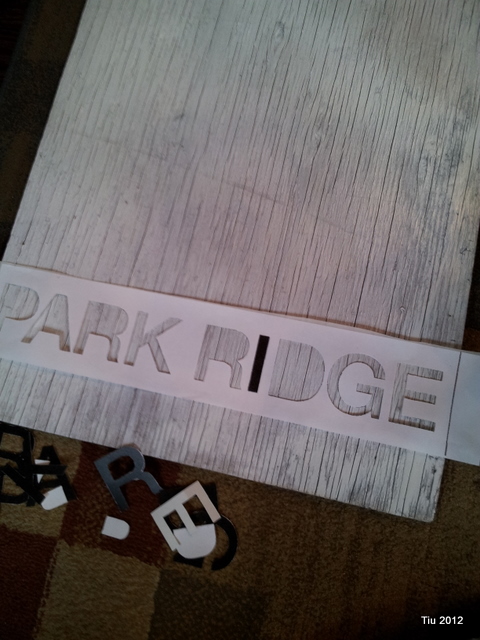
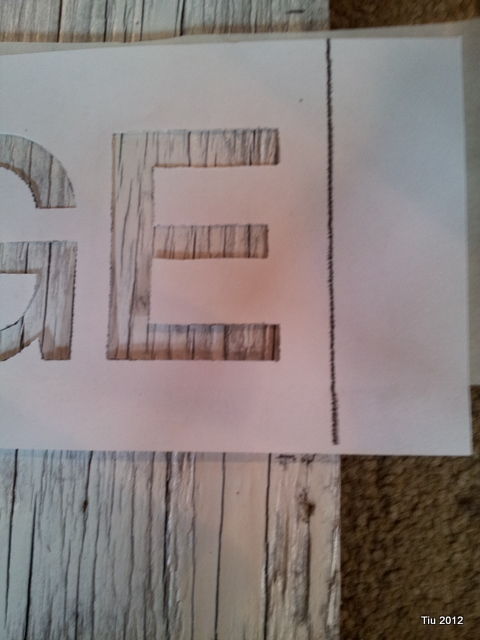
Placement on the boards
1) Remove the protective backing from the letters (one at a time) so you have stickers. Using your “negatives”, place the stickers in their respective spots.
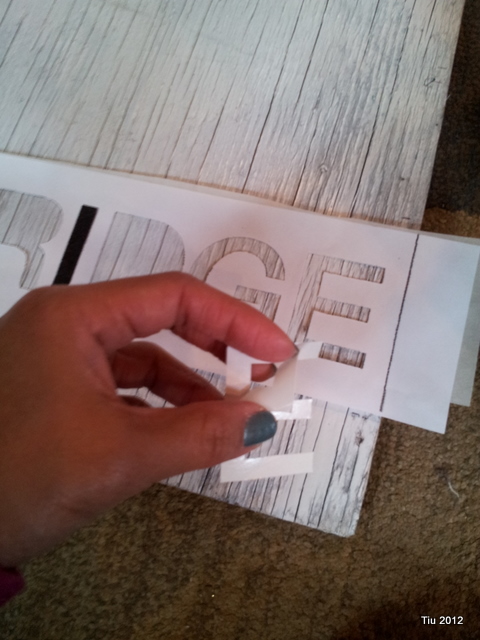
2) Once you’ve completed a word, carefully remove the “negative”.
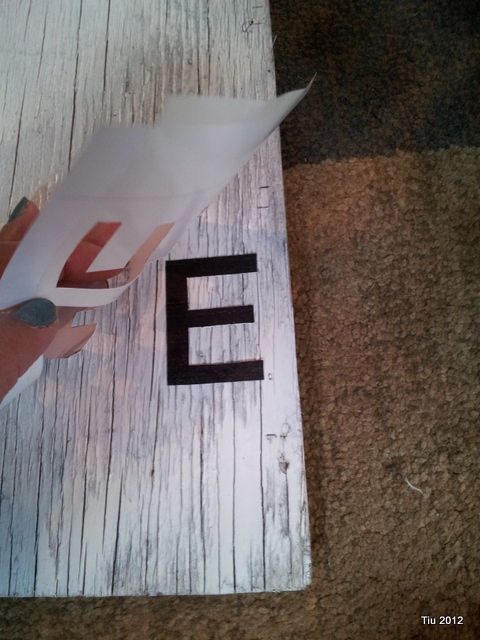
3) You’re done with one word! Now do it for all your words… take a break and have some coffee. Stretch your back.
4) When you’re finished placing all your words, prop it up and take a look. Do you like the placement? Is it straight? Straight enough? Need to make spacing adjustments? Do it before you rub all the letters down.
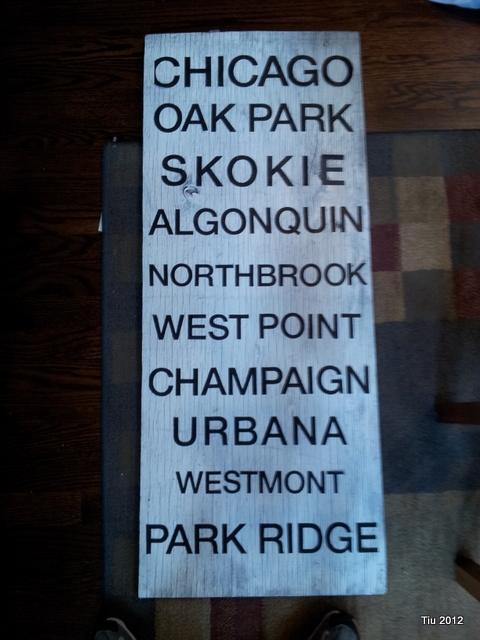
5) Take a blunt end of a dowel rod, or your pencil eraser, or your fingernail if you desire, and rub the letters down as much as you can. This will ensure that the black paint won’t seep under the stencils. And even if it does, it will be minimal.
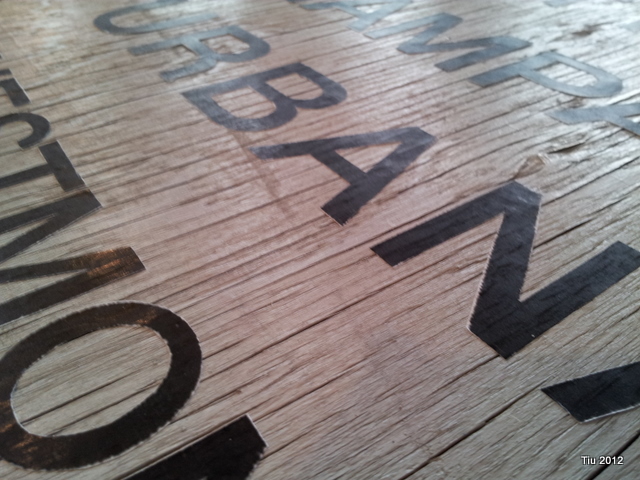
Almost done
1) When you’re happy with the text… get your board and black spray paint. Go outside, spray one coat evenly, let dry according to paint manufacturer’s directions. When dry, spray another coat. Let dry overnight, if you can. I had minimal time, so it was about 4 hours.
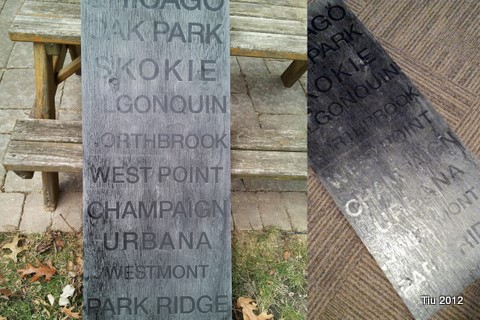
2) The fun part: using your X-acto, peel off the letter stickers carefully. (At this point, I was so excited about how it was turning out!)
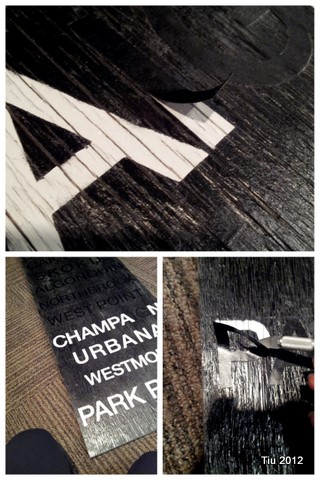
3) You might want to touch up certain areas with paint, or you may want to sand some spots but essentially, YOU’RE DONE! Nice work!
